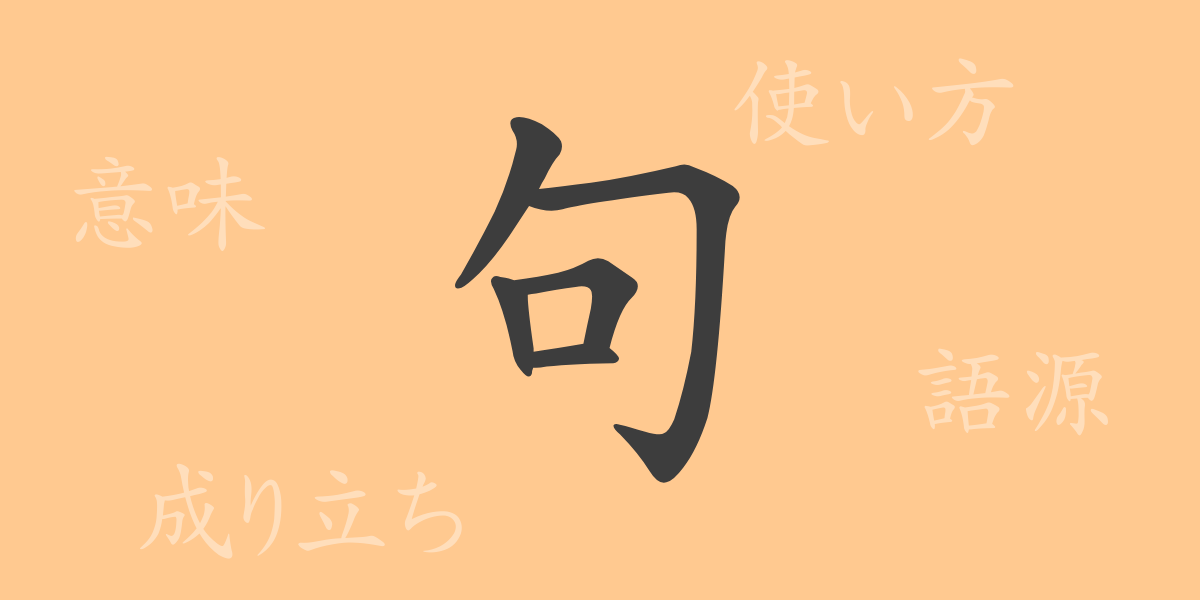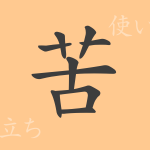The beauty of the Japanese language is reflected in its complex and rich writing system. One of the commonly used kanji, “句(く),” plays an important role in enhancing the beauty and depth of sentences. In this article, we will explore the origins, usage, and various idioms and expressions involving “句(く)” to delve into the profound nature of the Japanese language.
Origin of 句(く) (Etymology)
The character “句(く)” is derived from ancient Chinese pictographs. It originally consisted of the character “口(くち)” representing an open mouth, combined with “勹(つつみがまえ)” meaning to wrap or bundle. This combination symbolizes the bundling of words to form expressions, later evolving to refer to phrases or parts of sentences.
Meaning and Usage of 句(く)
The kanji “句(く)” signifies a part of a sentence or a segment of poetry and prose. It is also used in legal and grammatical contexts, such as referring to a clause in legal documents (“条文の一句(じょうぶんのいっく)”), or in grammar as a phrase that connects clauses (“接続句(せつぞくく)”).
Readings, Stroke Count, and Radical of 句(く)
The kanji “句(く)” is one of the basic characters in Japanese.
- Readings: On’yomi (Chinese reading) – く; Kun’yomi (Japanese reading) – none
- Stroke count: 8 strokes
- Radical: 包(つつみがまえ) (wrapping radical)
Idioms, Phrases, and Proverbs Using 句(く)
Here are some examples of idioms, phrases, and proverbs that include the kanji “句(く)”:
- 名詞句(めいしく) – A noun phrase consisting of a noun and its modifiers.
- 慣用句(かんようく) – An idiom with a fixed form and meaning, used as a standard expression.
- 心機一転(しんきいってん) – To renew one’s spirit and start afresh.
- 一期一会(いちごいちえ) – Cherishing a once-in-a-lifetime encounter.
Conclusion on 句(く)
The use of “句(く)” in Japanese extends beyond simple word combinations. From poetic expressions to legal terms, it demonstrates its significance in various fields. Through this article, we hope you have gained a deeper understanding of the diverse aspects and charm of “句(く).” Let’s continue exploring the rich and expressive world of the Japanese language, appreciating the meaning behind each word.

























